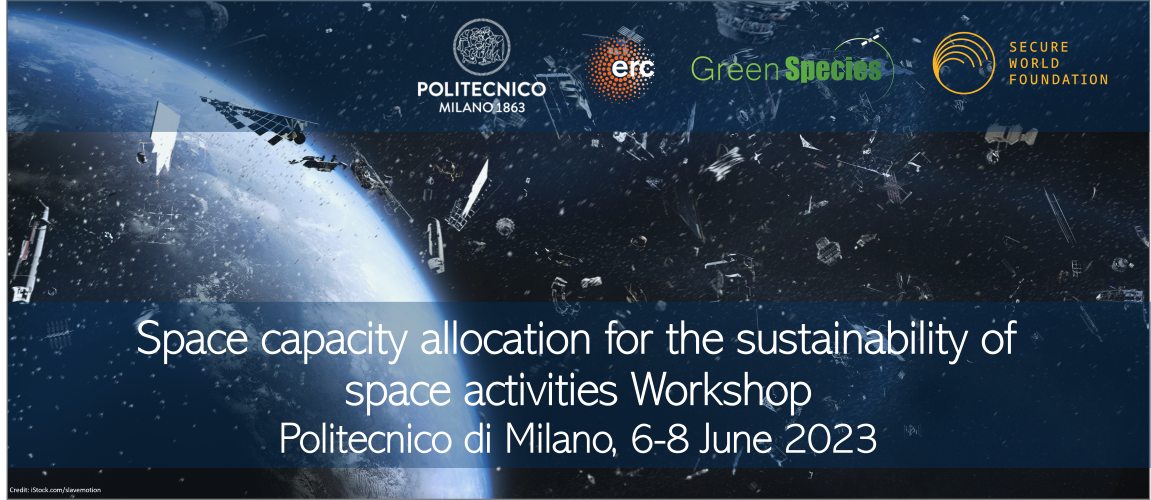Speaker
Description
Orbital capacity (OC) modeling may have a role in enhancing space safety and space sustainability. However, we all must watch out for unintended negative consequences. Current trends toward shorter post mission disposal (PMD) thresholds, more investment/interest in active debris removal (ADR) missions, and better communications between owner/operators (O/O) to streamline space traffic management (STM) interactions should not be short-circuited by any OC modeling results. For example, any hinting that certain orbits have “excess capacity” that would obviate the need for more mitigation, remediation, and STM advances would be deleterious to current initiatives. The term “capacity” should not be interpreted too literally; if an orbit is “under capacity” it should not indicate lenient mitigation operations. Similarly, if an altitude is “over capacity” does it mean that no objects can be added to that region? Three different OC models are detailed: risk mapping, simple regulatory depictions, and risk burden (posed and abated). How these models can be used to aid in ADR operations is discussed.
| Main topic | Measuring and defining thresholds for the overall space carrying capacity |
|---|---|
| Attendance | In presence |

